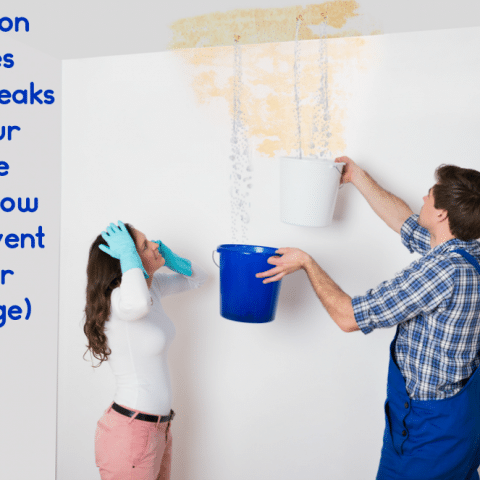Just how to Check If Your Home Has a Concealed Leak
Just how to Check If Your Home Has a Concealed Leak
Blog Article
Almost everyone is bound to have their own assumption with regards to Locating water leaks.

Early detection of dripping water lines can minimize a possible calamity. Some tiny water leakages might not be visible.
1. Analyze the Water Meter
Every home has a water meter. Examining it is a guaranteed manner in which aids you find leaks. For starters, turn off all the water sources. Make certain no one will flush, use the tap, shower, run the washing maker or dish washer. From there, most likely to the meter and also watch if it will alter. Given that no one is utilizing it, there must be no activities. If it moves, that suggests a fast-moving leakage. Similarly, if you spot no changes, wait a hr or more and also examine back once more. This indicates you might have a slow leak that might even be below ground.
2. Check Water Intake
If you identify unexpected changes, despite your consumption being the very same, it implies that you have leaks in your plumbing system. An abrupt spike in your costs indicates a fast-moving leak.
A consistent boost every month, also with the same practices, reveals you have a slow-moving leakage that's additionally slowly rising. Call a plumber to thoroughly inspect your property, specifically if you feel a warm area on your floor with piping underneath.
3. Do a Food Coloring Test
30% comes from toilets when it comes to water intake. Examination to see if they are running properly. Drop specks of food color in the container as well as wait 10 minutes. There's a leakage between the tank as well as dish if the color in some way infiltrates your bowl during that time without flushing.
4. Asses Exterior Lines
Do not neglect to check your exterior water lines also. Must water leak out of the connection, you have a loosened rubber gasket. One small leak can lose tons of water and increase your water bill.
5. Inspect as well as Evaluate the Scenario
Homeowners need to make it a routine to inspect under the sink counters as well as also inside cupboards for any kind of bad odor or mold and mildew growth. These two red flags suggest a leak so timely focus is called for. Doing regular evaluations, even bi-annually, can conserve you from a major trouble.
If you recognize your residence is already old, keep a watchful eye on your heating systems, hoses, pipes etc. Check for stainings and also deteriorating as many pipes as well as home appliances have a life expectancy. They will additionally naturally degrade because of tear as well as put on. If you think leaking water lines in your plumbing system, do not wait for it to escalate. Call a specialist plumber right now so you do not end up with a horrible mess in your home.
Early discovery of leaking water lines can minimize a prospective disaster. Some tiny water leakages may not be visible. Examining it is a guaranteed means that helps you discover leaks. One little leakage can waste heaps of water as well as spike your water costs.
If you believe leaking water lines in your plumbing system, do not wait for it to rise.
WARNING SIGNS OF WATER LEAKAGE BEHIND THE WALL
PERSISTENT MUSTY ODORS
As water slowly drips from a leaky pipe inside the wall, flooring and sheetrock stay damp and develop an odor similar to wet cardboard. It generates a musty smell that can help you find hidden leaks.
MOLD IN UNUSUAL AREAS
Mold usually grows in wet areas like kitchens, baths and laundry rooms. If you spot the stuff on walls or baseboards in other rooms of the house, it’s a good indicator of undetected water leaks.
STAINS THAT GROW
When mold thrives around a leaky pipe, it sometimes takes hold on the inside surface of the affected wall. A growing stain on otherwise clean sheetrock is often your sign of a hidden plumbing problem.
PEELING OR BUBBLING WALLPAPER / PAINT
This clue is easy to miss in rooms that don’t get much use. When you see wallpaper separating along seams or paint bubbling or flaking off the wall, blame sheetrock that stays wet because of an undetected leak.
BUCKLED CEILINGS AND STAINED FLOORS
If ceilings or floors in bathrooms, kitchens or laundry areas develop structural problems, don’t rule out constant damp inside the walls. Wet sheetrock can affect adjacent framing, flooring and ceilings.
https://www.servicemasterbyzaba.com/blog/how-to-detect-water-leakage-in-walls/

I am very interested in Locating water leaks and I really hope you liked my article. Kindly take the time to distribute this blog post if you enjoyed reading it. Thanks so much for your time invested reading it.
Report this page